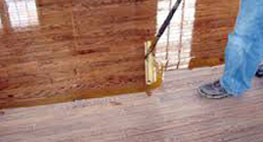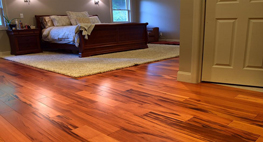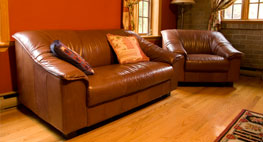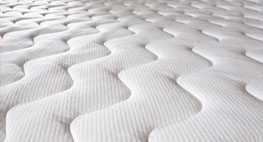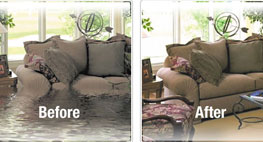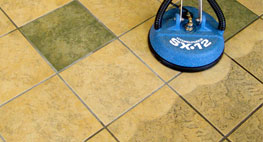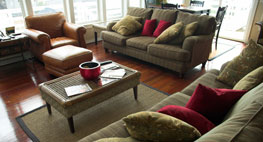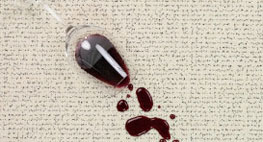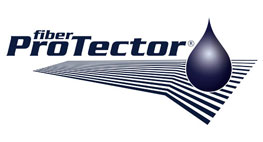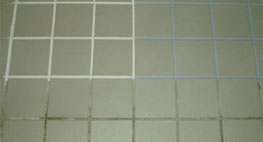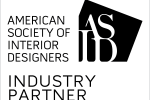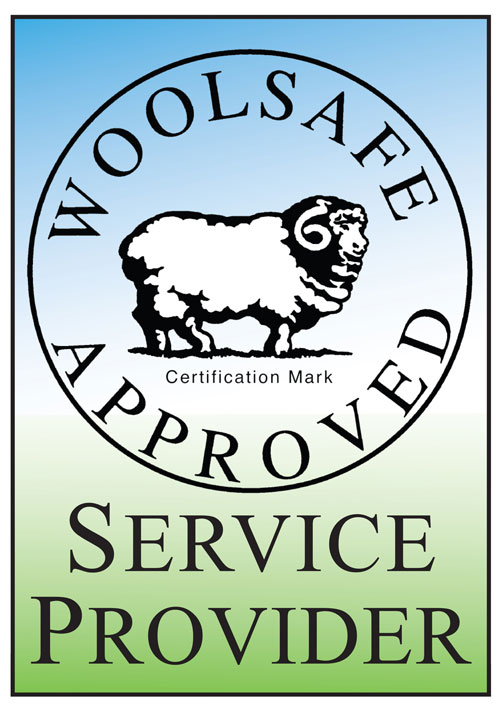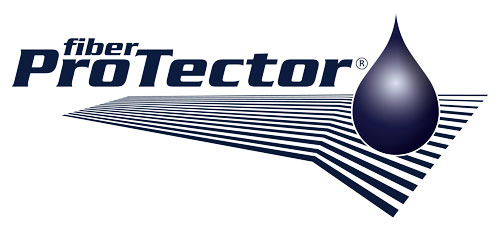Sewage is one of the most dangerous substances that can enter buildings. Unfortunately, people don’t understand the hazards that sewage creates, particularly for small children, the elderly and those with immune system or respiratory problems. The Institute of Inspection, Cleaning and Restoration Certification (IICRC) offers these facts to dispel some typical myths.
Myth # 1 – Sewage from oceans, lakes or rivers is clean. This water contains contaminants such as microorganisms, bacteria and pesticides. Trapped inside walls or under floor coverings, it doesn’t take long to become a “smelly” health hazard.
Myth # 2 – Chlorine bleach decontaminates sewage. While bleach is a remedy, it’s quickly inactivated by sewage. Even dead fungi and bacteria may contain chemicals that cause an allergic response. Affected areas should be cleaned thoroughly, followed by appropriate disinfectant application.
Myth #3 – Sewage-saturated carpets can be “saved.” Absolutely not! Porous materials, such as carpet, pad, upholstery, bedding, wicker, paper goods, or fabrics that can’t be washed in hot water, must be disposed of safely.
Myth #4 – Partially sewage-flooded buildings are safe. Not unless contaminated areas can be sealed off to prevent cross-contamination of other areas. Only trained professionals using specialized equipment are qualified to restore sewage damage.




